Ten Australian bush foods coming to your plate soon
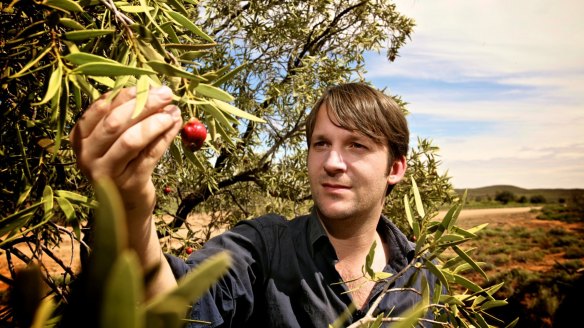
Isn't it funny that it has taken foreign chefs embracing Australia's native ingredients to bring greater awareness about the power they hold?
In Adelaide, it's Scottish chef Jock Zonfrillo championing the cause, with his Orana Foundation collaborating with the University of Adelaide and the Royal Botanic Gardens to log each of the country's native ingredients.
In Melbourne, it's New Zealand's Ben Shewry who has embraced Australian edibles at his Ripponlea restaurant Attica.
And since Rene Redzepi brought Copenhagen's Noma (a restaurant that's regularly at the top of the World's 50 Best Restaurants list) to Sydney for 10 weeks with a menu highlighting the richness of Australia's wild ingredients, local chefs from fine diners to cafes have taken a renewed interest in bush tucker.
There are some Aussie chefs you may not have heard of, however, who have been using these ingredients for a long time.
"I previously worked at Noma in Copenhagen," says Michael Demagistris, executive chef of the Mornington Peninsula's Polperro Estate. "It's where my love for foraged ingredients really emerged."
"I tend to use a lot of sea herbs and roadside herbs from the local area at Polperro," he says.
"Native flavours, particularly mountain pepper and lemon myrtle, are incredibly vibrant, quite different to a lot of commercial spices," says Trevor Perkins, head chef of Warragul's Hogget Kitchen. At Hogget, Perkins has cultivated an onsite native garden, whose ingredients make their way into the restaurant's dishes.
"We produce native spice blends, which make amazing seasonings and meat rubs," adds David Cann of String + Salt, a grocer and cooking school in Victoria's Gippsland.
Leveraging the expertise of these three chefs, we shed light on some of the ingredients you may be seeing on your plate soon.
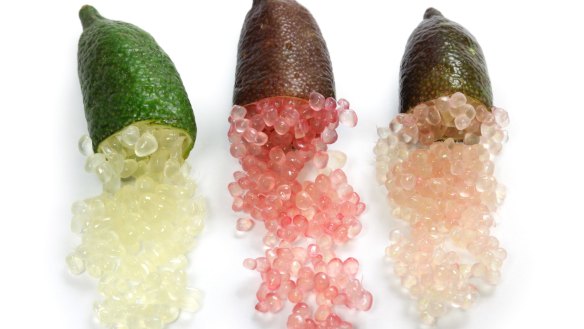
Finger limes
Finger lime, often called citrus caviar, is a rainforest fruit whose rind is filled with mini jewels of juice. The long, narrow, finger-shaped fruit come in an array of colours – green, yellow and pink, each with a distinctive flavour.
Perkins' tip: "Cut the finger limes up and use them as caviar or in fresh salsa – they're a top addition to seafood dishes."
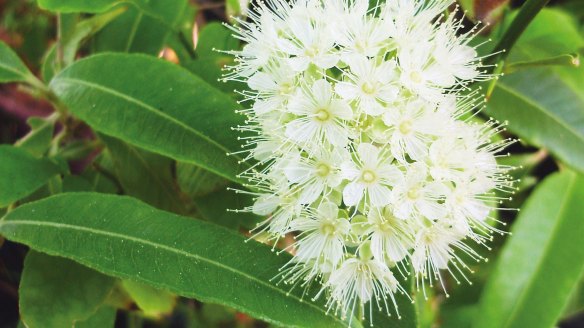
Lemon myrtle
Considered the most popular of native ingredients, this plant's lemon-lime flavoured leaves and yellow flowers add a gentle and pleasing fragrance to dishes. Both leaves and flowers can be dried and ground, or used fresh.
Perkins' tip: "Lemon myrtle makes a beautiful granita, which we serve with our lemon tart at Hogget. We also prepare a lemon myrtle-cured Noojee trout."
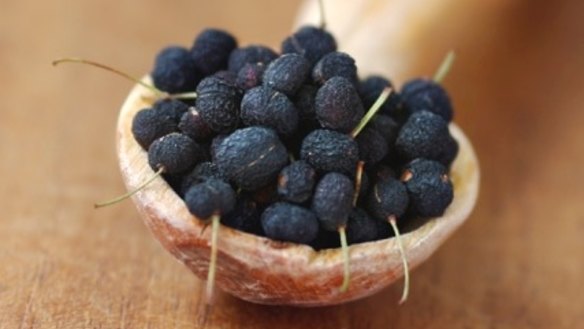
Mountain pepper
Mountain pepper is similar to regular pepper, but you can eat the entire plant – berries and leaves. Its berries have three times the amount of antioxidants as blueberries. The berries' duality of sweetness and pepperiness means they can be used in both sweet and savoury dishes.
Perkins' tip: "We use mountain pepper in a rub that marinates our bresaola, combining it with black pepper and bay leaf. We also like making a rub that is ideal for grilled meats – half dried mountain pepper leaf, half dried lemon myrtle."
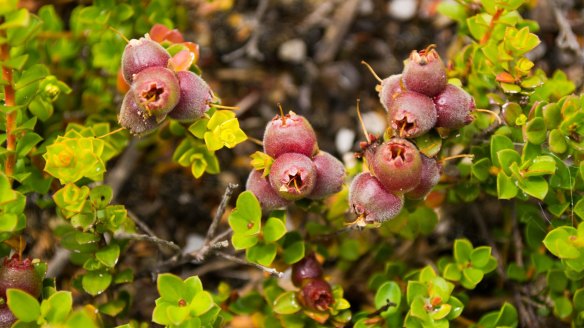
Muntries
The Australian cousin to the cranberry, the muntrie has a sweet and aromatic apple flavour. Also incredibly high in antioxidants, muntries are significant to Indigenous Australians for their medicinal qualities.
Perkins' tip: "You can use muntries in a huge array of dishes – to make a pie solely out of muntries or adding in apple; as a jam, chutney, or jelly to put on meat."
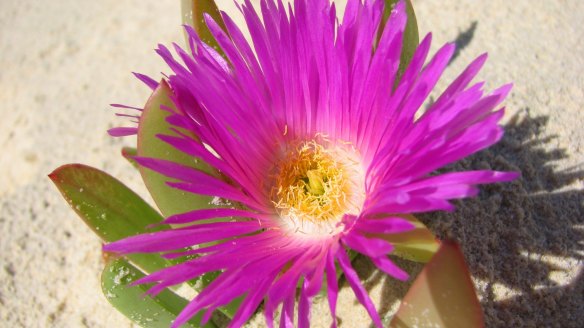
Pig face
Commonly found among sand dunes and coastal cliffs, pig face is a ground-running succulent with plump, juicy leaves and pink-purple flowers. The plant is reminiscent of kiwifruit in flavour, tangy yet sweet.
Demagistris' tip: "You can use the entire plant. I often turn the leaves into a jam. I pick the flowers, too, and serve them with freshly shucked oysters – different, yet satisfying."
Quandongs
Another adaptable bush fruit, quandongs are best described as a wild peach – subtly sour in taste and vibrantly crimson in colour. They hold great medicinal values, containing twice as much vitamin C as an orange.
Cann's tip: "We use dried quandong to add tang to seasoning blends. It works well with richer fish like salmon. It's also lovely to mix into a mixed schnitzel crumb."
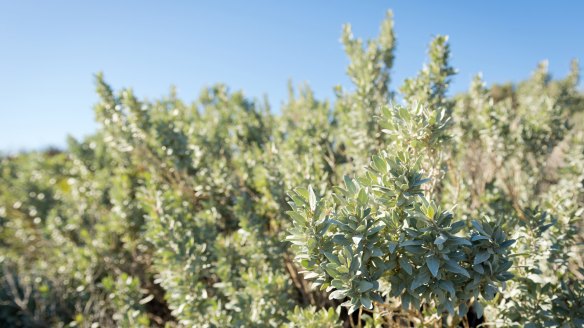
Saltbush
Saltbush is another ingredient favoured by cooks. The grey-green leaves can be dried and ground, added to meat marinades, salad seasonings, and bread dough. Saltbush is also often fried and added to pasta dishes. It's low in sodium, serving as a great substitute for salt.
Perkins' tip: "Dehydrated saltbush that's then fried makes a nice garnish for lamb or hogget."
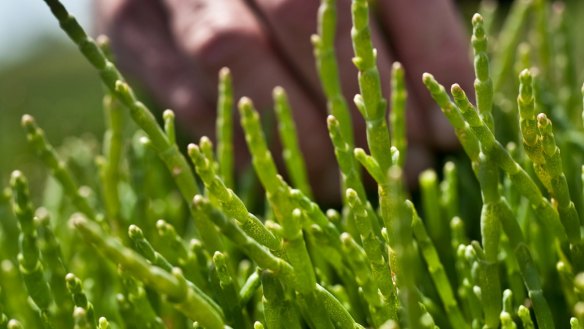
Samphire
Also called sea asparagus, samphire is a succulent with fleshy branches sprouting from a woody base. The plant is texturally rich, providing great crunch to dishes. When blanched, samphire exudes a fresh and salty taste of the sea.
Cann's tip: "Samphire is great fresh, but I have also used it to make my own bitters for cocktails by infusing dried samphire, dried saltbush, wild fennel pollen, dried sea parsley, juniper and orange and vanilla beans."
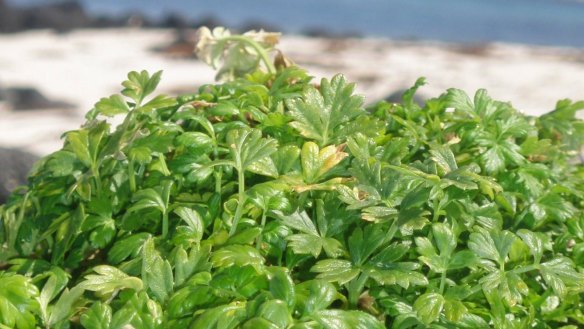
Sea parsley
Sea parsley (also known as sea celery) is a robust herb that grows over sandy ridges among composted seaweed, which gives the plant a sea fresh flavour. Sea parsley looks similar to regular parsley, but is shiny and dark green.
Demagistris' tip: "I like to make a finishing oil out of sea parsley, done by dehydrating the plant until it is dry then blending it with grapeseed oil to produce a vibrant, full-bodied oil. It makes for a great salad dressing and goes beautifully with white fish like flathead."
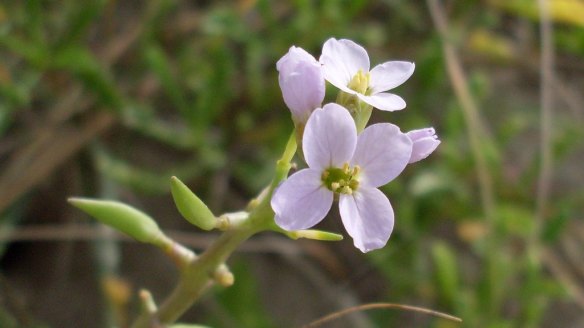
Sea rocket
A plant of the mustard family, sea rocket is wavy-leaved succulent with delicate white or pale pink flowers that grows by the seashore. It is high in vitamin C, with a peppery and somewhat spicy flavour.
Demagistris' tip: "Sea rocket goes well with kangaroo. It has a really a lovely spice while the flowers add a touch of sweetness – bringing great balance to proteins."
The best recipes from Australia's leading chefs straight to your inbox.
Sign up